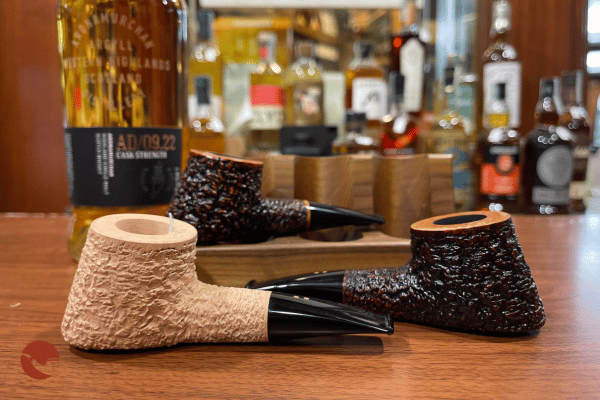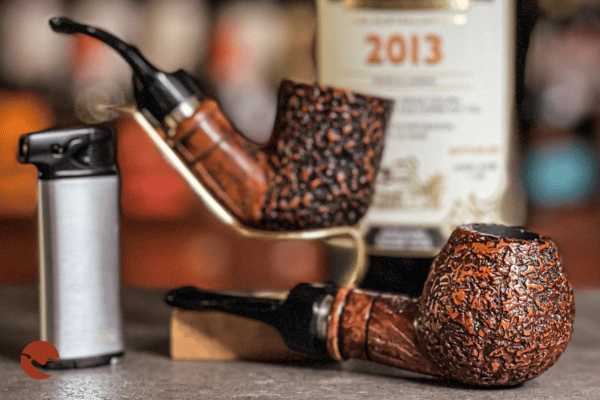The best Italian tobacco pipes
When people talk about made in Italy, they immediately think of fashion, design, cuisine...
...but there is another art in which Italy shines: pipe making.
Italian brands are among the most beloved and sought after by enthusiasts around the world, thanks to their ability to innovate and stand out for design and construction quality.
Italian craftsmanship has created a unique tradition, a true global benchmark, often imitated but never really replicated with the same success.
In this article we are going to discover the best Italian tobacco pipes and the secret behind their fame.
The best Italian tobacco pipe brands
When we talk about the Italian school, we refer to different of historical brands, such as Castello, Radice, Caminetto, Ser Jacopo, Amorelli.
These are all craftsmen who based their success on revisiting classic shapes, creating an original modeling that can be traced exclusively to their brands, which from the very beginning found appreciation among smokers.
Interesting how these companies, despite being only a few dozen kilometers apart, encapsulate distinctive styles that are very different from each other.
The variety of the Italian school is another much-appreciated feature, unlike the English school, which can be traced only to the classic shapes, invented by Alfred Dunhill.
Italian pipes also express great technical and stylistic cleanliness and almost always boast superior briar, which allowed for highly flamed models.
The Italian tobacco pipes of Lombardy
The mainstays of the Lombard school are Castello, Caminetto, Radice and Ascorti.
Initially, these craftsmen worked in Castello, and then took different paths.
It can be said that these four gave birth to the Lombard school, which has been enormously popular not only in Italy but also abroad.
The Lombard school is distinguished by slight variations to classical shapes, always maintaining a certain elegance.
Let's take an example: let's look at the Pot shape interpretation of two different artisans, Castello and Radice (which became for both the most iconic model).
Castello's Pot is the most sought-after Pot shaped pipe in the world and is characterized by a low, rounded shape.

Castello's Pot
The semi-curved profile at the pronounced chin, along with the slightly recessed burner, provide excellent handling and better balance in the mouth.
The Radice Pot is also sympathetically called the “Totò” because of the more pronounced stove than the more rounded classic one.

Radice's Pot
Even for Radice, this model turns out to be the most popular and sought-after.
Another innovation of the Lombard school is the use of flock in pipes.
The Italian tobacco pipes of Pesaro
When people talk about the Pesaro school, they inevitably refer to Giancarlo Guidi, founder of Ser Jacopo and author of numerous original and imaginative shapes.
Guidi first worked at Mastro de Paja, later founding Ser Jacopo in the 1980s. From this venture, he was able to give a new impetus to made-in-Italy craftsmanship, with novel patterns and shapes.
His work at Ser Jacopo led to the creation of the Pesaro school in the early 1980s, which soon became a hotbed of great craftsmen.
A distinctive feature of Ser Jacopo is the original modeling, well represented by the Delecta pipe, with its free hand shape, which has become a symbol of the Pesaro school.

Ser Jacopo Delecta pipes
From his great passion for art came the “Artist Series”, a line of tobacco pipes inspired by the works of artists such as Van Gogh and Picasso.
Guidi's philosophy was thus to start from a classic shape and then make variations. So many craftsmen were then trained by Guidi, continuing the philosophy of the Pesaro school.
